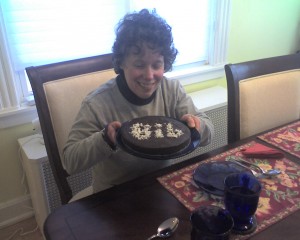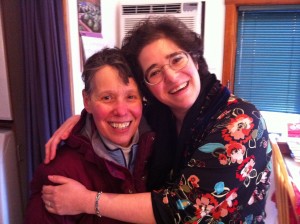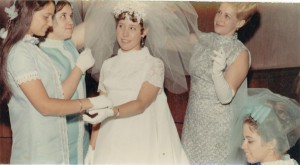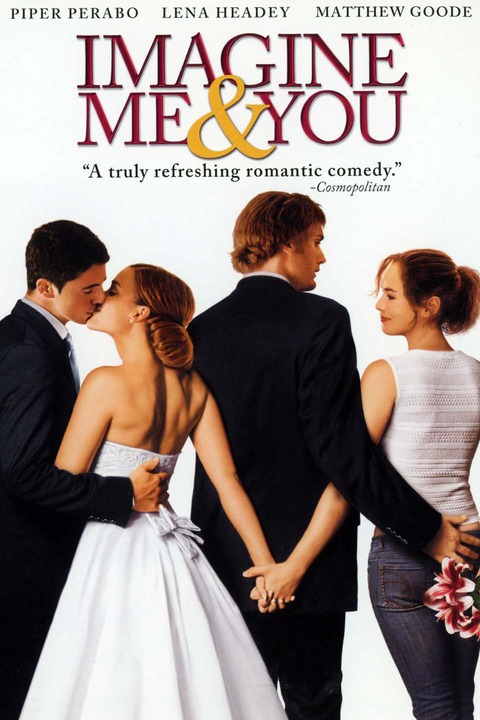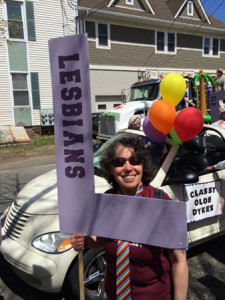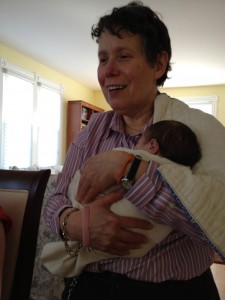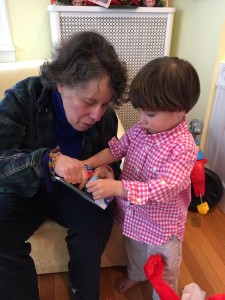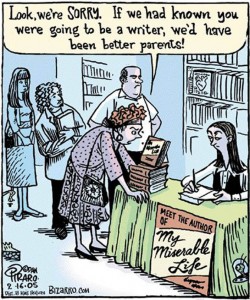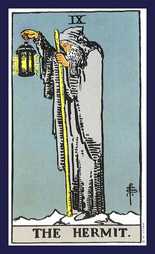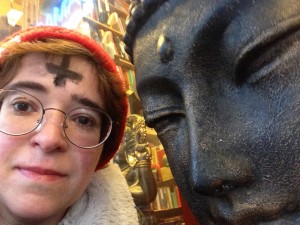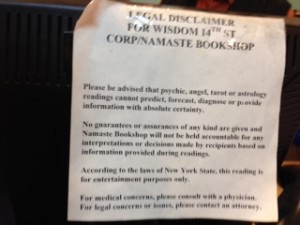Last Wednesday a young white supremacist man murdered nine African-Americans who were taking part in a Bible study group at Emanuel African Methodist Episcopal Church in Charleston, SC. Emanuel AME is one of the oldest and largest historically black congregations in the South, and played an important role in the Civil Rights Movement. The Root has published profiles of the victims of this terrorist act, including three pastors of the church. Go read those and pray over them, then let’s talk about a certain kind of follow-on emotional violence that our media perpetrates–against some kinds of victims in particular.
Racism is abuse. Like domestic violence, sexual assault, and child abuse, racist attacks are perpetrated by individuals but supported by our shared culture. Sometimes we actively spread these beliefs, other times we simply fail to notice them and miss opportunities to challenge them. Dehumanizing beliefs about a less-powerful group seem so normal that we refuse to see their role in justifying violence. That would implicate too many of us in acts that our media depicts as extreme individual aberrations.
I’m not saying that most white people want to murder blacks. But do we unconsciously view black lives as less valuable? Do we interpret the same behavior as “menacing” or “troubled” depending on the subject’s race, a filter that makes black men the primary targets of police brutality and incarceration? Do we define “racism” so narrowly that it never applies to our thoughts and actions?
In the days following the Charleston massacre, my husband and I happened to be listening to the audio book of James W. Loewen’s Lies My Teacher Told Me: Everything Your American History Textbook Got Wrong. We were on disks 5-6 of 12 (it’s heavy stuff!) learning about how the Confederacy’s myth of Black incompetence and corruption, popularized in Gone With the Wind, became the dominant cultural narrative about the post-Civil War period known as Reconstruction. Though we knew better than to take GWTW as unbiased history, my husband and I were still shocked by how much falsehood we’d casually absorbed from our textbooks and popular culture. That includes falsehood by omission: we didn’t learn about the immediate and brutally effective campaign of terror to suppress the black vote, stifle literacy, and force non-whites out of skilled professions. What else do we “know for sure that just ain’t so”?
The story we tell about a violent crime determines whether we collectively confront the sources of that violence, or look away. Whether we listen to members of the victimized group, or continue to silence and discredit them. Whether we dismiss Charleston shooter Dylann Roof’s racist jokes and apartheid flags as harmless delusions, until he fatally puts them into practice.
The “forgiveness” story, so beloved by our melodramatic and context-free media, is a silencing story.
It seems that every time there is a massacre of innocents, reporters are up in the faces of the mourners, asking “Do you forgive?” before the bodies are cold. Editorials repeat Sunday School platitudes and proclaim that only through forgiveness can the bereaved find healing. It happened during the Amish school shooting in 2006, the Newtown school shooting in 2012, and again this past weekend in Charleston. Earlier this summer, when it was revealed that Christian fundamentalist reality-TV star Josh Duggar had molested his sisters, his celebrity parents cited the girls’ alleged forgiveness of their elder brother as evidence that we should let bygones be bygones. The pressure to perform the role of the “good victim” bears down with extra weight upon members of less-powerful groups who reasonably fear they will not be valued or believed: e.g. sexual assault survivors, children, or African-Americans in a racist society.
Notably, it did not happen after 9/11, to the best of my recollection. The peace activists who sympathized with the desperation of the suicide bombers had their patriotism questioned, or at best seemed insensitive to bring this up while so many of us were still in shock and grieving. This was no time for sentimental empathy for the killers, this was an attack on America!
Was not the Charleston hate crime an attack on America? A strike against a historic landmark, targeting civilians, spiting the values we claim to hold most dear–freedom of worship, racial equality, life and liberty?
The forgiveness story centers the perpetrator. It makes the victim’s worth conditional on his or her response to the crime. It reduces these crimes to a private issue that can be settled between individuals, more like a civil tort than an offense against society. It gives the rest of us permission to minimize the damage, and to neglect our responsibility for the culture that incubated abusers and killers.
What if, instead, reporters in the days following Charleston had pulled over random white people on the street and asked, “Do you repent of white racism in America?”
Well, I do.
I can’t apologize on behalf of Dylann Roof. I didn’t pull that trigger, and I would never in my wildest dreams want to do such a thing. But I repent in the sense of “turn again”: I accept the responsibility to turn back and take a second look at the beliefs I’ve absorbed, turn away from racially biased stories, and turn toward learning from and signal-boosting black voices.
To that end, here are four excellent commentaries on the oppressive demand for black forgiveness in the context of racism.
Trudy, who writes the black womanist blog Gradient Lair, made this powerful Storify of her June 20 tweets on Black Forgiveness Without White Contrition. Follow her on Twitter @thetrudz, and if you love how she kicks your ass with the truth, please support her writing with a donation or subscription (see the right-hand sidebar of the blog for options). An excerpt:
Analyzing POWER here. Families of victims of State violence are indirectly demanded to apologize if Whites hate protestors’ actions.
Now those families might actually disagree with the protestors, right. But examine the DEMANDED performance of compliance with Whiteness.
In same way, *a few* fam members of *some* of 9’s families may forgive as their process, but examine indirect DEMAND for performance of it.
Hypervisibility on Blackness = consistent direct or indirect (again, structural power dynamics) demand for PERFORMANCE for White comfort.
Direct or indirect demand for performance of forgiveness to assuage guilt of ppl w/ more power is STANDARD abuse culture & American as hell.
& ppl with power have ZERO ACCOUNTABILITY to those harmed and their comfort centered above the harmed’s safety. Standard abuse culture.
Anger can be useful. Anger is a stage of grief. Well, for humans. Black ppl clearly excluded from human expression…
…Notice how media narrative shifts to “good Blacks forgive; bad Blacks don’t” versus WHY IS WHITE TERRORISM A FACTOR SINCE 1492?
Essayist and literature professor Kiese Laymon writes in the UK newspaper The Guardian:
…Grandma and her church taught me that loving white folks in spite of their investment in our terror was our only chance of not becoming them morally…
I told her that loving white supremacists in the face of white supremacy is a hallmark of American evil, and a really a fundamental part of the black American experience in this country.
It’s what we’re supposed to do, I said.
Many of us have made a life of hoping to get chosen for jobs, chosen for awards, chosen for acceptance from people, structures and corporations bred on white supremacy. We’re hoping to get chosen by people who can not see us. Knowing that they hate and terrorize us doesn’t stop us from wanting to get chosen. That’s the crazy thing. Everything about this country told Grandma, a black woman born in Central Mississippi in 1920s, to love, honor and forgive white folks. And this country still tells me, a black boy born in Mississippi in the 1970s, to titillate and tend to the emotional, psychological and spiritual needs of white people in my work.
I told my Grandma that we should have chosen ourselves. I tell her that we should have let us in. We should have held each other, and fallen in healthy love with each other, instead of watching shame make parts of us disappear.
What do we make of the shameful work of being chosen? Our family eats that shame, quite literally. Other families drink the shame. All the work that we put into forgiving white supremacy, white power and white people, and then hoping to be chosen by those people, should have gone into talking about – and collectively reckoning with – our familial experiences with sexual violence, food, and trauma.
Shame strangles, I told Grandma; truth sets free. But what does any truth set free look like? I know that I don’t know.
What I do know is that love reckons with the past and evil reminds us to look to the future. Evil loves tomorrow because peddling in possibility is what abusers do. At my worst, I know that I’ve wanted the people that I’ve hurt to look forward, imagining all that I can be and forgetting the contours of who I have been to them.
In Ebony, theologian Candace Benbow preaches a survivor-centric gospel in her article Christian Responses to Charleston are Killing Black Women:
Of the nine people killed at Mother Emanuel, six were women. We now know that the pastor’s wife and one of their daughters hid in his study as Roof went on his rampage. A mother played dead in her son’s blood, while another elderly woman’s life was spared. At least ten sisters were present in Mother Emanuel on that terrible night. Sisters have been turning to the church for centuries to cope with White supremacy and Black pain. It is no shock that so many Black women were there Wednesday because we are the church. Yet, despite comprising the bulk of Black church membership, the theology of our churches has yet to respond to our pain and address our needs. In just three days, we began to celebrate the forgiveness extended by the families. Pastors offered this as an example of authentic faith; this, according to them, is what Jesus would want from his disciples. But what does that mean for young women unable to forgive their rapists, molesters, abusers and attackers? What can we give them for healing instead of trite clichés and biblical interpretation that places responsibility on them? Whenever faced with difficulty, we are always reminded that we are strong Black women. Because sisters before us survived worse, we should be able to survive our current crisis. Survival is important but we glory too much in it.
How are Black women supposed to understand that violation is wrong when they hear pastors celebrate how God is able to use it for His glory and their development?
Weak theology seeks to protect a God who is not vulnerable. God can handle our questions, anger and disbelief. God is concerned about our emotional health and we do that concern a disservice when we preach otherwise. Jesus challenged the religious leaders of his time whenever the articulations of their faith further marginalized oppressed people. We must do the same and hold our leaders accountable for the ways they prevent Black women from healing, causing even greater despair. If Black women are strong, perhaps that strength is in acknowledging our weaknesses. It could be that we are strong because we recognize when we need help and accept it when others are trying to share our load.
I must admit that I am a long way from forgiveness. I’m not ready to forgive Roof and others who have hurt me. And I believe that’s okay. I believe God understands my unwillingness to forgive is tied to the unbearable pain I feel and would never hold that against me. I believe God journeys with me, even in seasons of unforgiveness, and understands that it’s hard sometimes. I believe God is acquainted with my grief and, above all things, wants me whole and well. We must cultivate a faith that allows Black women to be honest and vulnerable. We must give them the tools to understand that God never called them to be Jesus but to be faithful and human.
Mallory Ortberg is one of my favorite contemporary satirists. She is wrong that Avalon’s “Testify to Love” is not the best Contemporary Christian Music song of 1999, but other than that, I trust her to rightly divide the word of truth. In a more serious post for her website The Toast, she interviewed Carvell Wallace, founder of the urban youth initiative Vibosity, on The White Myth of Black Forgiveness. An excerpt:
Carvell: I think a lot of people forget that forgiveness of racists among black people is something that WE DO IN ORDER TO KEEP OUR SOULS INTACT.
Mallory: Oh man, let’s start with that. Break down a little, if you will, what you think forgiveness means in the context of Black American Christianity, with the usual caveat that you do not speak for all black Americans, but are familiar with the broad context?
Carvell: Yes. Thanks for that, and also why do we still have to explain that I don’t speak for 40 gajllion people. But. Anyway. There’s a difference between the private act of forgiveness and the public act of forgiveness.
Mallory: Which I think maybe a lot of white people do not understand! Again, there are many kinds of white people and white Christians, but in the broad Christian context I grew up in, saying “I forgive you” was generally understood to be a complete act. You forgave someone when you were DONE wrestling through what they had done to you. And it meant that you were, if not over it completely, at a certain amount of peace, and that things were, generally speaking, “okay.”
Carvell: Right. Well, when your entire history in this country has been about literally dying to be considered human, you have to develop a Christianity that enables you to fight while also “forgiving them” who hurt you. We have to forgive the sinner because the accumulated resentment could destroy us, but that will never mean that we don’t fight tooth and nail against the sin.
Mallory: So it has more to do with self-protection than it does with absolution, it sounds like.
Carvell: Absolutely. It’s nothing to do with the offender and it’s not about granting a pass to anyone.
Mallory: I think a lot of us miss that entirely.
Carvell: It’s more about clearing your heart of hate SPECIFICALLY SO YOU CAN CONTINUE TO FIGHT.
Keep fighting the good fight, readers.
